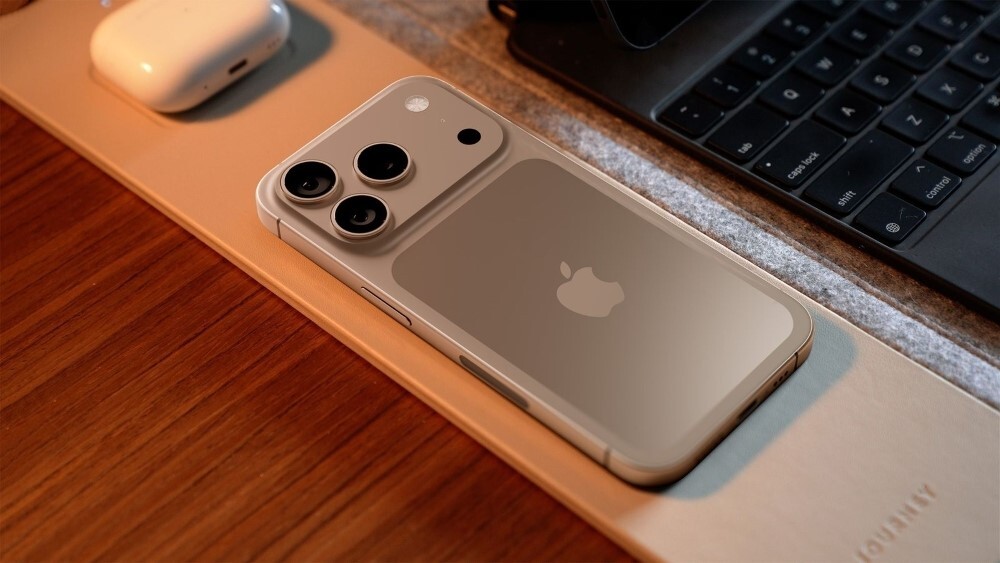Apple is replacing the titanium frame of its Pro models with an aluminium chassis in the upcoming iPhone 17 Pro. This shift enhances sustainability, thermal performance, and overall device design, demonstrating how aluminium can drive innovation in consumer technology.
Background
Previous iPhone Pro models featured titanium frames, valued for their premium feel and durability. However, titanium production is environmentally intensive and less efficient at dissipating heat from high-performance components. Apple’s goal to achieve product carbon neutrality by 2030 necessitated a rethink in material choice.
Challenge
While titanium offered a premium feel and durability in previous iPhone Pro models, it came with significant drawbacks. Its production generates high carbon emissions, making it less aligned with Apple’s sustainability goals. Additionally, titanium is less efficient at dissipating heat from high-performance components like the A19 Pro chip, and its weight limits the integration of larger batteries and upgraded internal systems. Balancing environmental responsibility, thermal performance, and device design posed a complex challenge that required a re-evaluation of the material used for the Pro-level chassis.
Solution
Apple’s strategic pivot to aluminium addresses both environmental and performance challenges posed by titanium. By adopting aluminium, the company reduces the carbon footprint of the Pro models by 67%, aligning with its goal of product carbon neutrality by 2030. Aluminium also improves thermal management, efficiently dissipating heat from high-performance components like the A19 Pro chip. In addition, the lighter material reduces the device’s weight by 10–15 grams, allowing for larger batteries and upgraded camera systems without compromising portability. This material choice strikes a balance between sustainability, efficiency, and design innovation, setting a new benchmark for next-generation smartphones.
Implementation
The iPhone 17 Pro introduces a hybrid aluminium–glass design that combines durability, functionality, and aesthetic appeal. Aluminium forms the primary chassis, providing a lightweight and thermally efficient structure, while a glass cutout around the Apple logo enables wireless charging. This design approach allows Apple to integrate larger batteries and enhanced camera systems without increasing device weight, marking the first time a Pro-level iPhone features aluminium in its frame. The implementation balances practical manufacturing considerations with advanced performance and sustainability objectives, showcasing a thoughtful integration of materials in next-generation smartphone design.
Results
The shift from titanium to aluminium in the iPhone 17 Pro has delivered significant benefits across sustainability, performance, and design. The carbon footprint of the Pro models is reduced by 67%, supporting Apple’s environmental goals. Improved thermal conductivity ensures better heat dissipation for high-performance components like the A19 Pro chip, enhancing device efficiency and longevity.
The lighter chassis allows for larger batteries and upgraded camera systems without compromising portability. Overall, this material change exemplifies how thoughtful design choices can simultaneously advance eco-conscious innovation and user experience, setting a benchmark for the broader smartphone industry.
Key takeaway
Apple’s transition from titanium to aluminium in the iPhone 17 Pro demonstrates that sustainability, performance and design innovation can coexist. This move may influence broader supply chain practices and mobile device construction norms.
Also read: Apple’s iPhone 17 Pro to debut an aluminium frame, replacing titanium














